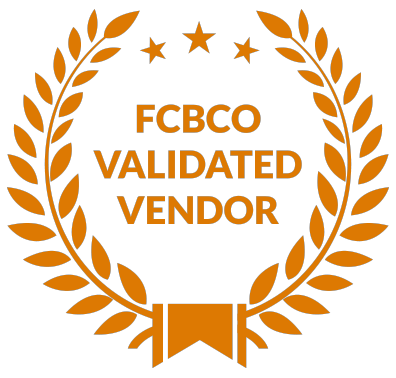Implementing Smart Warehouse Solutions
Ready to embark on your smart warehouse journey? Here’s a straightforward approach to getting started—with an emphasis on how outsourcing to a quality partner can streamline the process:
Step 1: Assess Your Current Operations
Before jumping into new technology, take a close look at your current warehouse setup. What are your pain points? Are you struggling with inventory inaccuracies, slow picking times, or high labor costs? This assessment will help you identify which smart technologies can bring the most immediate benefits. Partnering with a third-party logistics (3PL) provider allows you to leverage their expertise in identifying operational weaknesses without the burden of conducting a full internal review.
Step 2: Choose the Right Technologies
With a clear understanding of your needs, explore technology options that fit your budget and goals. A reputable fulfillment partner will already have access to state-of-the-art technologies tailored to various operations. This means you can skip the hassle of researching and selecting the right solutions on your own. For instance, if you’re focusing on automation, your partner may already have automated guided vehicles in their fleet, which they can integrate into your operations with ease.
Step 3: Integrate Systems
A smart warehouse relies on seamless integration between various technologies. When you partner with a top-tier fulfillment company, they will have the infrastructure to ensure your inventory management software communicates effectively with their automation tools, IoT devices, and your e-commerce platform. This collaboration can help you achieve a level of integration that might be challenging to manage in-house.
Step 4: Train Your Staff
Technology is only as effective as the people using it. By outsourcing to a fulfillment partner, you gain access to their trained staff who are already familiar with smart warehouse technologies. Additionally, your partner can provide specialized training sessions tailored to your operations, ensuring a smooth transition without straining your internal resources. How might this collaborative approach enhance team morale and effectiveness?
Step 5: Monitor and Adapt
Once your smart warehouse is up and running, continually monitor its performance. A quality fulfillment partner will offer real-time analytics that allows you to track key performance indicators (KPIs) like order accuracy, fulfillment speed, and inventory turnover rates. They can help you fine-tune operations based on this data. Are you achieving your desired outcomes? What adjustments could further enhance your efficiency? Your partner will have the experience to suggest optimizations based on their broader industry insights.
Best Practices and Pitfalls to Avoid
To ensure your transition to a smart warehouse is as smooth as possible, keep these best practices in mind:
- Start Small: You don’t need to overhaul your entire warehouse at once. Begin with a few key technologies through your partner, measure their impact, and expand from there.
- Engage Your Partner’s Expertise: Involve your fulfillment partner in the process. Their insights can guide your decisions and help shape a workflow that maximizes efficiency. How can their experiences with similar operations inform your strategies?
- Choose the Right Partner: Selecting a reputable fulfillment company is crucial. Look for partners that understand your vision, can provide cutting-edge technology, and help you navigate challenges. Their support can be the key to successful implementation.
The Long-Term Benefits
Investing in smart warehousing through outsourcing isn’t just about immediate gains; it’s a long-term strategy for success. By embracing smart technologies with the help of a knowledgeable partner, your warehouse can adapt to changing consumer demands, reduce operational costs, and improve overall efficiency. In the competitive world of e-commerce, how prepared is your warehouse to meet future challenges?
The shift to smart warehouses is more than a trend; it’s a necessary evolution for any business that wants to thrive. By understanding and implementing smart warehouse practices through a quality fulfillment partner, you’ll not only keep pace with industry changes but also set your company up for sustainable success. So, what steps will you take today to ensure your warehouse operations are future-ready?
Interested in learning more? Give us a call, we’d love to chat!




